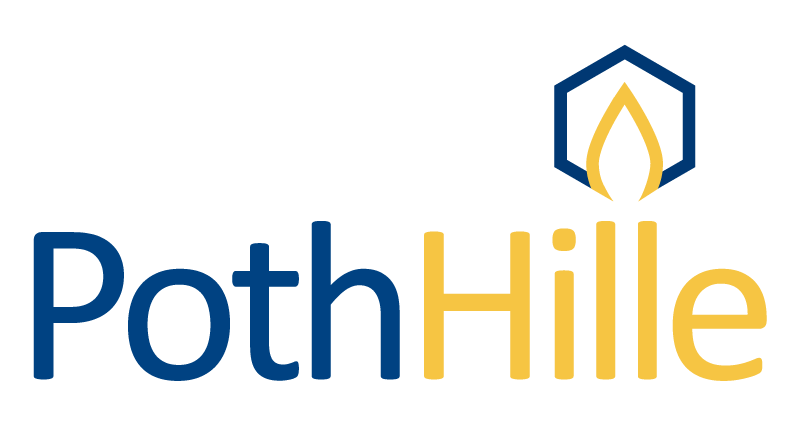If you’re not aware of the diverse nature and array of uses for beeswax, then where have you been?
Popular in the world of cosmetics, homeware and accessories, kitchen goods, leather maintenance, and more, natural beeswax is a byproduct supplied largely by honey producers and beekeepers which, in the last few years, has taken on a life of its own in the sustainable goods market.
Derived from the beehive and extracted at the same time as honey, beeswax in its original and most natural form generally exhibits a warm shade of yellow in colour and requires treating and straining in order to remove impurities and render it a usable material for products.
So, how is it used and what makes it such a sustainable alternative to other waxes?
The benefits of natural beeswax
One of the main reasons why beeswax has become so popular across such a vast and unrelated selection of industries is its versatility as a core, natural material.
Able to be thickened or added to an emollient to alter its texture completely, beeswax is just as potent as a lipstick as it is in a beauty cream – with its rich supply of vitamin A and hydrating properties making it an effective treatment for dry skin and lips once adapted to the right thickness.
In addition to being used in the beauty market, the natural properties of beeswax also make it an ideal solution for treating and nurturing babies’ skin, with historical sources citing beeswax as having long been recognised as an effective treatment for even the driest and most sensitive of skin.
Other benefits of beeswax include its antibacterial properties, the fact it can be melted down and reused again and again as required, and the fact that it is a sustainable material that serves a number of purposes and remains a byproduct in the work of honeybees.
How does beeswax compare to other waxes?
Compared with other waxes, beeswax is longer lasting and comes in a variety of colours depending on the honey it was constructed around, its location, and where in the hive the wax came from. Generally, beeswax exhibits a yellow-y colour though the intensity of this can vary. Not to mention, when it comes to designing and marketing your own products, using beeswax is often a selling point.
One thing to note about beeswax is that it is not considered a vegan product and so fair consideration must be given to marketing whenever beeswax is used. However, with our beeswax able to be melted and adapted for use in candles, beauty products, furniture polishes and more, you would be hard pressed to find a more flexible and sustainable ingredient – no matter what you’re making.
Our supplies include a range of different beeswax products and beads ready for you to scent, colour, and adapt into whatever you need them for. We also offer hands-on advice and support for those who are trying beeswax for the first time and for those who want to explore and understand the benefits of beeswax further.
